Propel provides innovative insurance solutions to thousands of companies across the country. We make it our business to know your world inside and out.
Insights, Senior Care, Workers' Compensation
Controlling Workers’ Compensation Experience Modification Rating by Focusing on Claims Management
If you want to manage the workers’ compensation costs for your senior living facility, you need to start by controlling your experience modification rating. The experience modification rating (or x-mod) has a direct impact on your annual premiums and is based upon your individual claims experience. While front-end claims mitigation is the best way to control your x-mod, implementing good claims management practices will also have a positive impact and help bring down the cost of insurance.

What Is the X-Mod?
The x-mod is calculated by dividing an organization’s actual losses by its expected losses. The expected losses are based on a statistical average of losses for businesses of a similar size and in the same industry. If your losses are exactly average, your x-mod is 1.0. If the organization’s losses are below average, the x-mod will be less than 1.0. If losses are above average, the x-mod will be greater than 1.0. The National Council on Compensation Insurance (NCCI) explains that the x-mod rating recognizes differences among employers regarding safety and loss prevention. This incentivizes employers to improve their own expenses. Imagine two companies in the same industry and of the same size have a base workers’ compensation premium before the application of the x-mod of $100,000. Here’s how the x-mod influences what they will pay for workers’ compensation insurance (prior to application of additional credits, surcharges, etc.):- One company has an x-mod of 0.75, meaning the modified premium is $75,000 ($100,000 X 0.75).
- The other company has an x-mod of 1.25, meaning the modified premium is $125,000 ($100,000 X 1.25).
Taking Control of Your X-Mod
Senior Living operators are going to experience claims from time to time. Reducing the frequency and severity with good risk control practices is of paramount importance. Working with your broker and carrier partner to manage the claims process after an incident occurs is also critically important and will reduce your workers’ compensation premiums over time. As the previous example shows, the difference can be significant.- Focus on your most frequent workers’ compensation claims. For senior living facilities, these typically involve back strains and musculoskeletal disorders. Common causes include slip and fall accidents and patient handling. In many cases, communities are understaffed, meaning one worker ends up doing a two-person job. Flipping mattresses is a prime example – it’s a major cause of workers’ compensation claims.
- Be engaged throughout the year. Many business leaders only think about workers’ compensation premiums around renewals, but it’s too late by then to impact rates for the upcoming year. You need to pay attention to factors that affect your x-mod throughout the year.
- Have a Unit Stat Date Strategy. Your x-mod is based on your loss history for the last three years, not including the most recent year. Your claims data is reported to the applicable rating bureau in your state to generate the x-mod for the next policy period on the Unit Statistical Report Date, which occurs six months before your renewal date. In other words, if you have a January 1 renewal, your Unit Statistical Report Date is July 1. Knowing this allows you to implement claims management practices that help lower claim reserves prior to the cut-off for the x-mod calculation for the next policy year. The most important work that you can do to control your x-mod should happen 90 to 180 days after your renewal, not 60 days prior.
- Manage your claims. A good unit stat date strategy is only as good as the claims consultants that are available to you. Claims consultants with a work comp background can improve communication with the carrier adjusters, identify claims that may be over-reserved and help identify transitional work opportunities. It is important to conduct claim reviews to ensure that information is accurate and identify opportunities to resolve claims faster and reduce reserves.
- Use a telehealth nurse triage program. A telehealth nurse triage program can reduce claims frequency by resolving matters instantly, allowing employees to return to work instead of having to file a claim. Some claims will still happen, but a telehealth nurse triage program will decrease the severity of these claims by reducing or eliminating lost time.
- Implement an early return-to-work program. This is another way of controlling claim costs before injuries occur. Having a program established and light-duty job descriptions developed in advance will reduce time loss and claim severity. It is important to periodically evaluate these programs with your workers’ comp insurance consultant.



Great article, Kane! Very informative !